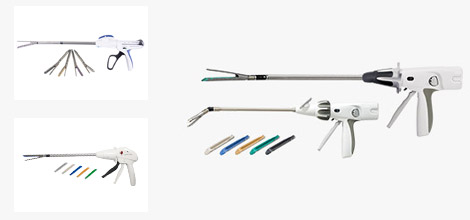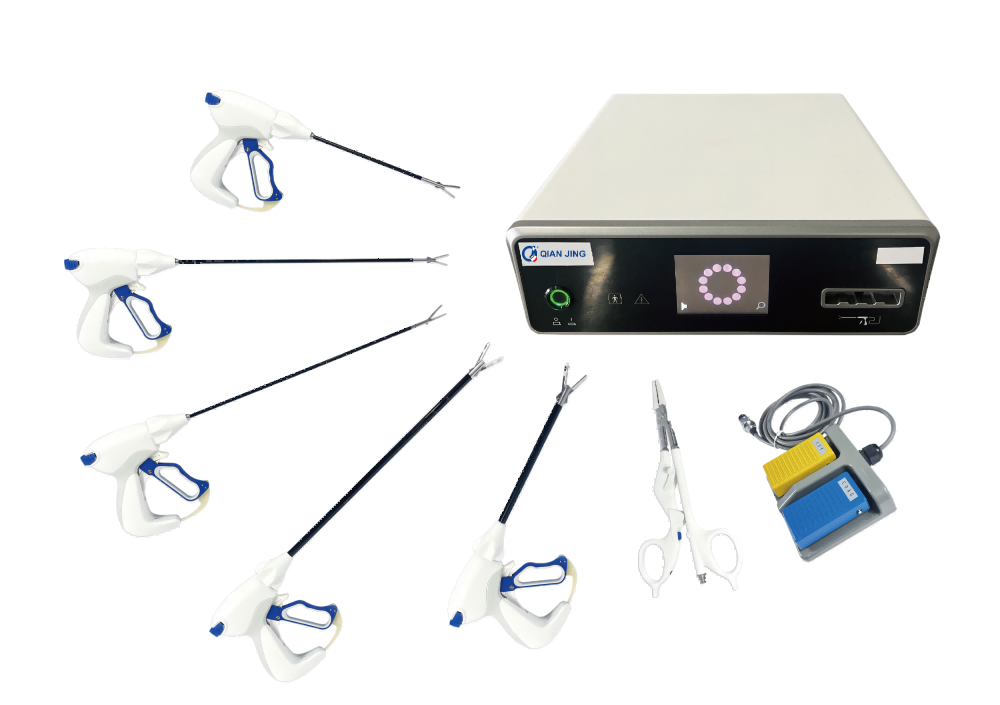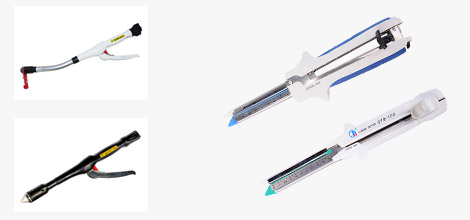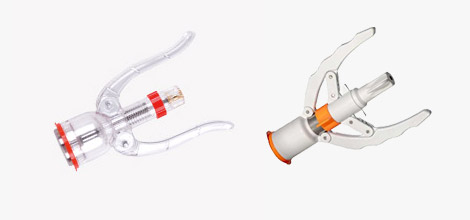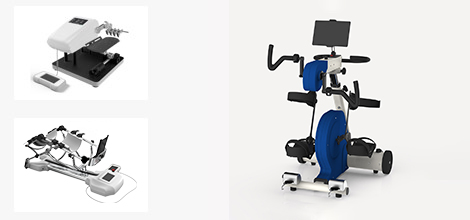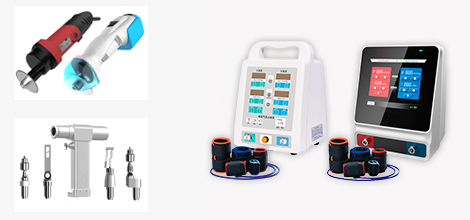What is the applied medical laparoscopic trocars
2022/04/24| View:820
Applied medical laparoscopic trocars are multifunctional medical devices that are usually inserted into a surgical patient through a hollow tube called a trocar. applied medical laparoscopic trocars serve to introduce three basic elements: illumination, a viewing scope and a surgical tool. The miniaturized applied medical laparoscopic trocars can accommodate three or more of these as a single surgical device.
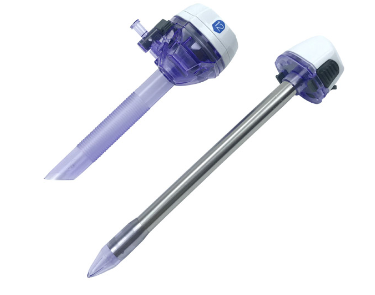
Laparoscopic surgery allows the surgeon to operate without despite the patent for trocar needles was recorded in the early 19th century, as the original use of applied medical laparoscopic trocars was primarily to relieve the pressure of accumulated body fluids or gases, and it is speculated that this tool may have been in use for thousands of years in principle, if not in complexity. The pointed puncture device, named for the three sides of the triangle in which it is positioned, was first used in 1905 to look inside the body of a dog. A few years later, its aid to human surgery ushered in a new era of medicine - non-invasive surgical repair of internal injuries. applied medical laparoscopic trocars introduced illumination and viewing mirrors during surgery, with modern applied medical laparoscopic trocars, the first laparoscopic devices were rather crude compared to the first laparoscopic devices surgeons stared at a straight-axis scope inspection device made with a blurred glass lens, entered a dark enclosure barely visible by stray light, brought the laparoscope directly to the surgical target, and illuminated it with a cold halogen or xenon lamp. Electronic technology has miniaturized these components. Miniaturization has also been applied to the design of various surgical tools, such as scissors, retractors and staplers, which can be easily attached or inserted into applied medical laparoscopic trocars. applied medical laparoscopic trocars themselves are not only miniaturized, but also have an advanced functional design. Just like a long metal syringe, they are no longer triangular and no longer have sharp tips: most are equipped with flushing and suction tubes. Thumb and index finger controls provide a greater range of tool manipulation. One of the techniques of laparoscopic surgery is to separate abdominal organs and create a more spacious surgical space by filling the body cavity with carbon dioxide, therefore, applied medical laparoscopic trocars have been redesigned into a completely sealed instrument. Laparoscopic or "open" abdominal surgery is still necessary, but increasingly, applied medical laparoscopic trocars can be operated on through incisions less than 0.4 inches (1 cm) in diameter with this surgical instrument. In human joint surgery, the incision and insertion of the trocar needle are even smaller. For this reason, this type of laparoscopic surgery is called "lock-hole" surgery. In practice, most procedures require multiple laparoscopic trocar needles through multiple lock-hole incisions. Some surgical procedures involve multiple instruments, and some instruments require two-handed manipulation. However, both the miniaturization of technology and design improvements have allowed medical students to use a dummy to perform laparoscopic procedures before being allowed to work with patients.



 info@qjmed.com
info@qjmed.com